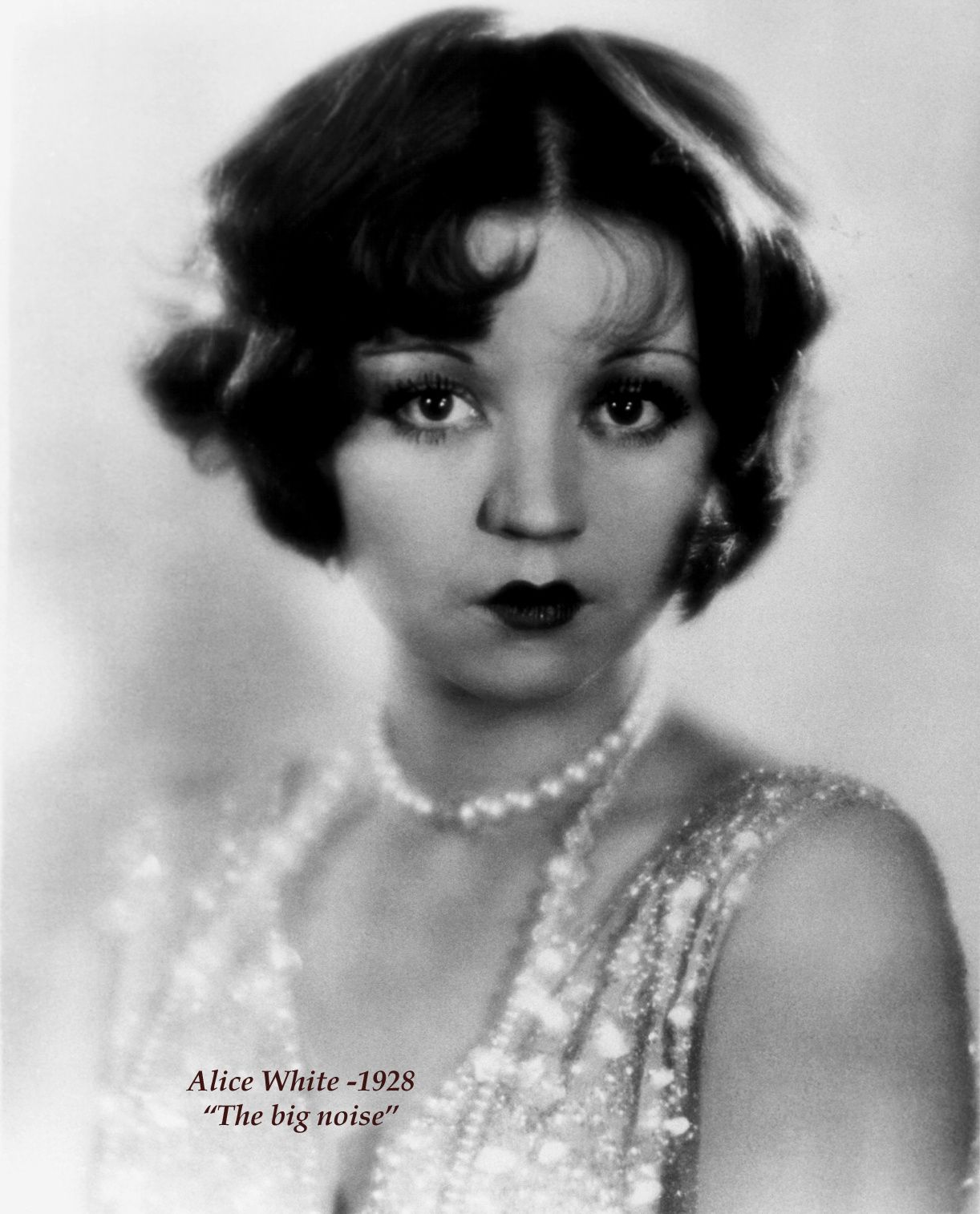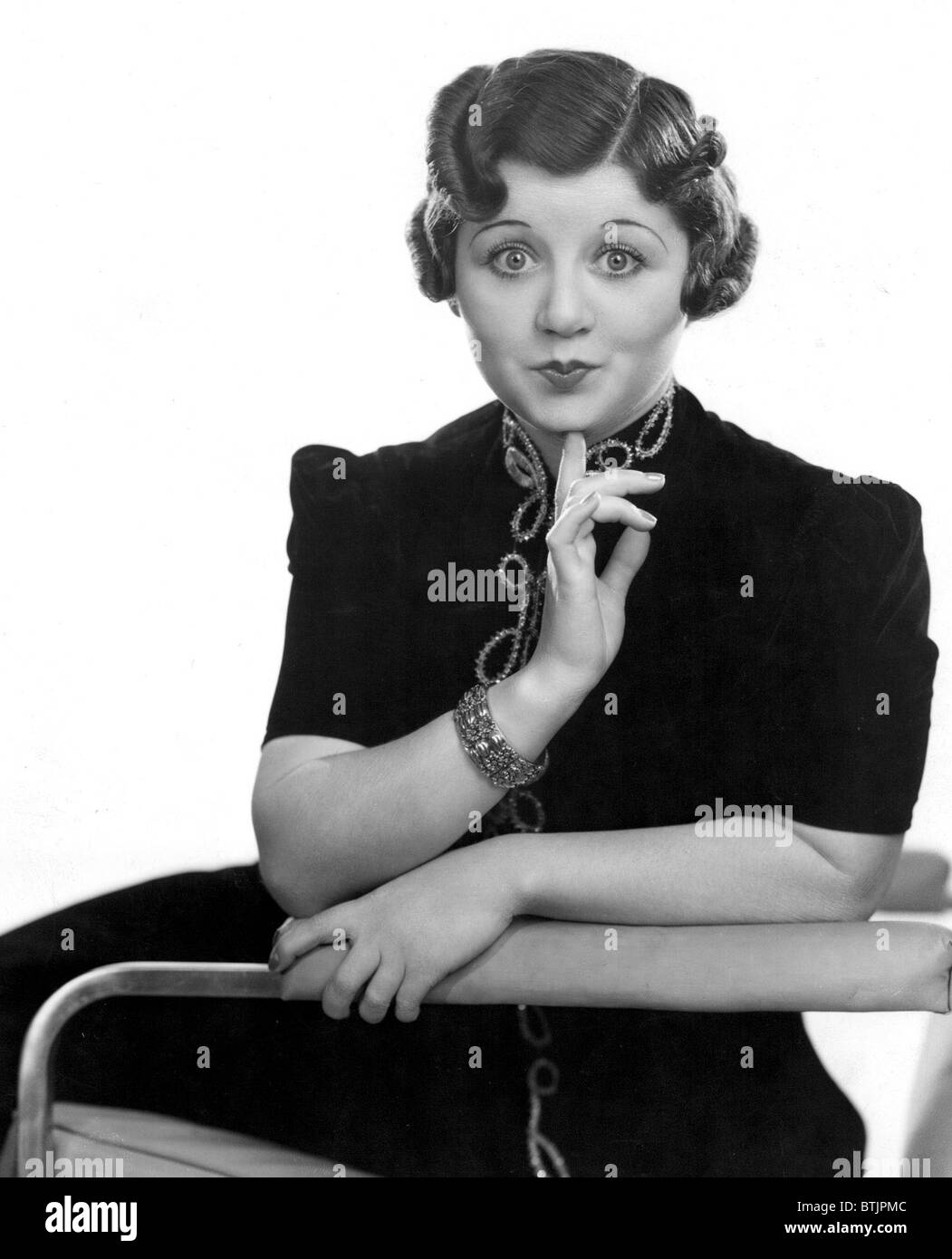When we think about the sounds that shaped our childhoods, or perhaps the early days of animation, one particular person’s voice might just echo in our memories, even if her name doesn’t immediately come to mind. That, you know, is Mae Questel, a performer whose vocal talents brought to life some of the most iconic and cherished animated figures in history. She truly gave them their unique sound, making them unforgettable for generations of viewers.
Mae Questel, as a matter of fact, was a vocal artist who created sounds for characters that many of us grew up watching. She was the person behind the distinct sounds of figures like Betty Boop and Olive Oyl, characters who, in a way, became household names thanks in part to her unique way of speaking for them. Her work went far beyond just these two, though they are certainly what she is most often remembered for.
Her career, you see, was quite remarkable, especially considering some of the hurdles she faced early on. From her family's initial disapproval of her choosing a path in entertainment to her later work in live-action film, Mae Questel's story is pretty fascinating. We are going to take a closer look at the life and work of this amazing voice talent, someone who, honestly, left a lasting mark on the world of animated stories.
Table of Contents
- Mae Questel - A Look at Her Life and Background
- What Made Mae Questel's Voice So Special?
- How Did Mae Questel Start Her Career in Voice Acting?
- Mae Questel's Early Life and Family Challenges
- Beyond Cartoons - What Other Roles Did Mae Questel Have?
- The Legacy of Mae Questel and Her Animated Friends
- Remembering Mae Questel - A Tribute to a Vocal Pioneer
- Where Can You Find More About Mae Questel's Work?
Mae Questel - A Look at Her Life and Background
Mae Questel, born Mae Kwestel, came into the world on September 13, 1908, in the city of New York, United States. She was a person who dedicated her life to performing, especially with her voice, becoming someone truly recognized for her contributions to animated shows. Her journey as a performer spanned many years, and she left us on January 4, 1998, at the age of 89, passing away at her home in Manhattan. She was, in fact, an American performer and vocal artist, widely known for giving sound to animated characters. She married Leo Balkin on December 22, 1930. Her life story, you know, includes quite a bit of interesting personal history, which really shapes how we think about her professional achievements.
| Detail | Information |
|---|---|
| Full Name | Mae Kwestel Questel |
| Date of Birth | September 13, 1908 |
| Place of Birth | New York, United States |
| Date of Death | January 4, 1998 |
| Place of Death | Manhattan, New York |
| Spouse | Leo Balkin (married December 22, 1930) |
| Known For | Voice of Betty Boop, Olive Oyl, and others |
What Made Mae Questel's Voice So Special?
What was it, you might wonder, about Mae Questel's voice that made it so memorable and, well, perfect for the characters she played? She was, quite simply, known for giving sound to animated characters. She had a way of speaking that many described as a bit silly and sounding like a young person, especially when she spoke for Betty Boop and Olive Oyl. This distinct way of speaking became her calling card, making those characters instantly recognizable to anyone who heard them. Her vocal work was, in some respects, a major reason why these cartoon figures became so beloved and endured for so long. She truly had a gift for bringing personality to drawings just with the sound of her voice, and that, you know, is a pretty special thing to be able to do.
Her ability to shift her voice for different characters was also quite remarkable. While many people think of her as the voice of Betty Boop, she also lent her voice to other well-known figures. For instance, she gave sound to Little Audrey, and back in 1958, she spoke for Wendy the Good Little Witch in a movie. This range, you see, shows that she was more than just a one-trick pony; she could adapt her vocal style to fit various personalities, which is a real talent for someone working in this field. It really made her a sought-after performer, and her sounds, honestly, just connected with people.
How Did Mae Questel Start Her Career in Voice Acting?
The path to becoming a voice performer for animated characters wasn't always straightforward for Mae Questel, you know. While she became incredibly famous for lending her voice to Betty Boop, she wasn't actually the very first person to speak for the character. Margie Hines, according to what she said, was the one who first created the voice for Betty Boop in 1930, using her own baby-like sound. Mae Questel, however, took turns with the part for a brief period, as per Hines's agreement. This means that Mae Questel stepped into a role that already had a bit of a history, yet she made it entirely her own, which is pretty impressive, if you ask me. Her talent, in a way, allowed her to pick up where someone else left off and make the character even more iconic.
From 1931, Mae Questel became the primary person giving sound to Betty Boop, and then from 1933, she also began speaking for Olive Oyl. This meant she was pretty much the consistent sound for these figures for many years, making her a household name in the world of animated entertainment. Her ability to consistently deliver those specific vocal qualities, you see, helped to define these characters in the minds of viewers. It’s almost like she became the characters themselves, just through the sound she made, and that, honestly, is a truly amazing skill to possess.
Mae Questel's Early Life and Family Challenges
It's interesting to consider that despite her later success, Mae Questel faced significant pushback from her own family regarding her career choice. Her family, who followed Orthodox Jewish traditions, was completely against her having a career in entertainment. This was, in some respects, a very strong feeling for them. Her parents and even her grandparents, you know, insisted that she stop her studies at the Theatre Guild School in New York while she was still a young person. This must have been a really tough time for her, having to deal with such strong disapproval from the people closest to her.
This early challenge, basically, paints a picture of a young woman with a strong will and a deep desire to perform. Despite her family making her leave her studies, she somehow found a way to pursue her passion, which eventually led her to become one of the most recognized voices in animated history. It really shows her determination, doesn't it? To overcome such personal obstacles and still achieve what she did, that, honestly, speaks volumes about her character and her love for her craft.
Beyond Cartoons - What Other Roles Did Mae Questel Have?
While Mae Questel is most widely celebrated for her work in animated shows, her career actually stretched into other areas of entertainment. She was, you know, a performer who also worked on live stages and in movies. This means she wasn't just hidden behind a microphone; she also appeared in front of audiences and cameras. Her experience as a performer of live shows and films gave her a broader set of skills, which likely influenced her vocal performances as well. It's pretty cool to think that the voice of Betty Boop also had a presence on the big screen.
For example, when you think of the holiday movie "National Lampoon’s Christmas Vacation," Mae Questel might not be the first person who comes to mind. But, as a matter of fact, she was the performer who brought Aunt Bethany to life in that film. This shows that her talents were much more than simply providing sounds for cartoon figures. She was a complete performer, with a range that allowed her to take on different kinds of roles, whether they were animated or live-action. It's almost like she had a secret second career that many people don't even realize she pursued, which is pretty neat.
The Legacy of Mae Questel and Her Animated Friends
The impact Mae Questel had on the world of entertainment is, you know, truly lasting. She is remembered for her animated characters, and her work continues to be enjoyed by people of all ages. Her unique way of speaking for characters like Betty Boop and Olive Oyl made them iconic, and it's hard to imagine those figures sounding any other way. Her contribution, in a way, helped shape the very identity of these beloved cartoon personalities, making them timeless parts of popular culture. That, honestly, is a pretty amazing thing to be able to say about someone's work.
Her career was so significant that it even received special recognition. For instance, in February 1995, an animation expert named Jerry Beck put together a special honoring of the animated works from Paramount's Famous Studios at the Museum of Modern Art. Mae Questel was, you know, connected to an event that happened around this tribute, showing how much her work was valued by those in the field. This kind of recognition really highlights the importance of her contributions to the history of animated storytelling, and it's a testament to the lasting power of her voice.
Remembering Mae Questel - A Tribute to a Vocal Pioneer
When we remember Mae Questel, we are really thinking about a person who opened doors for others in the world of voice performance. She was, you know, a pioneer in giving sounds to animated characters, and her work set a very high standard. Her ability to create such distinct and beloved voices for figures that became household names is truly remarkable. It's pretty clear that her influence extends far beyond the cartoons themselves, affecting how future voice performers approach their craft. She basically showed everyone what was possible with just a voice.
Her passing on January 4, 1998, at the age of 89, marked the end of a very long and successful career. But her voice, you see, continues to live on through the many animated shows and films she was a part of. It's almost like she's still here, speaking to us through Betty Boop's playful chatter or Olive Oyl's worried exclamations. Her legacy, in some respects, is woven into the very fabric of animation history, and her unique sounds will likely continue to bring joy to new audiences for many years to come.
Where Can You Find More About Mae Questel's Work?
If you're curious to explore more of Mae Questel's contributions, there are many ways to do so. You can, for instance, take a look at a visual journey through her career, which often includes seeing images of the characters she gave sounds to and sometimes even listening to bits of her performances. There are, you know, often lists of all the movies and television shows she was a part of throughout her working life. This makes it pretty simple to track down her various appearances.
You can also, basically, find out where to watch her latest movies and television appearances. This allows you to experience her work firsthand, whether it's her classic cartoon voices or her roles in live-action productions. Learning more about her biography, seeing photos, and discovering information about her best movies and TV shows, along with any awards she might have received, helps to paint a complete picture of her remarkable journey. It's a way to really connect with the person behind those familiar sounds, and that, honestly, is a pretty cool thing to do.


